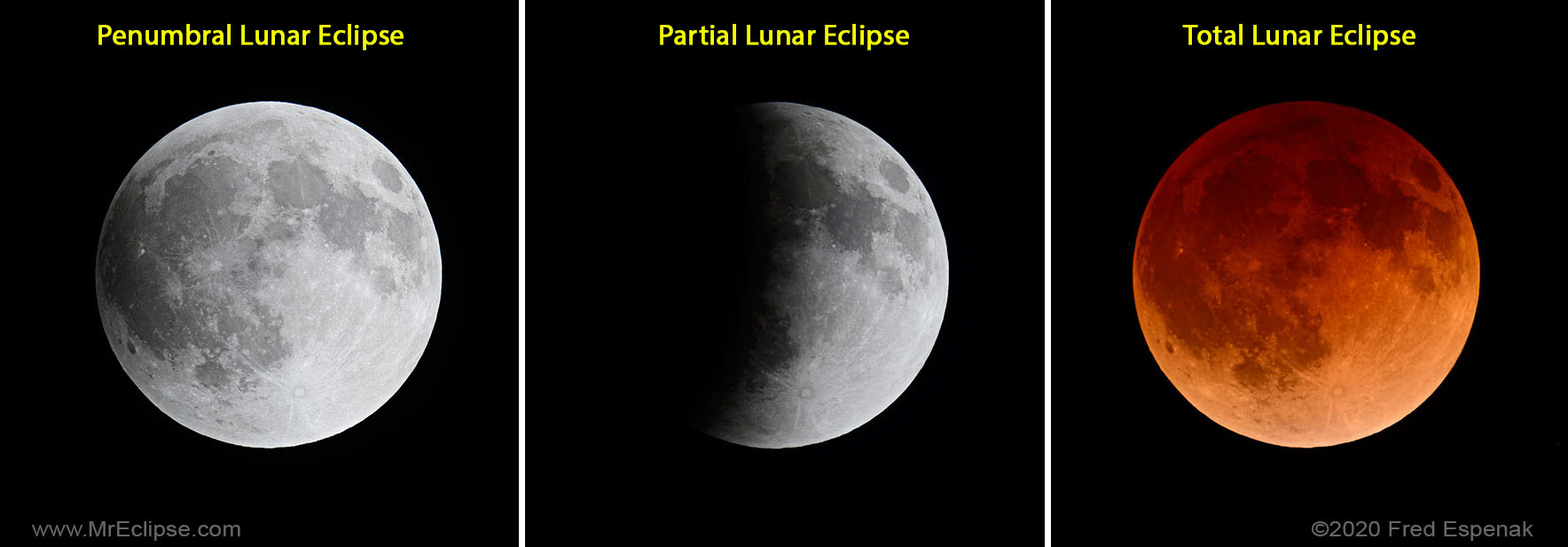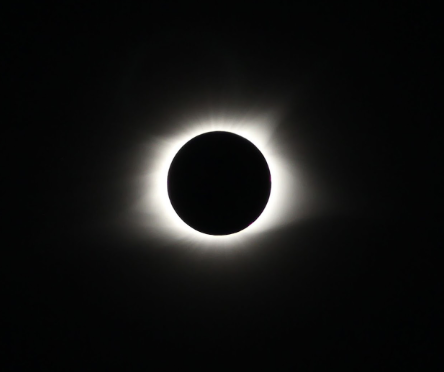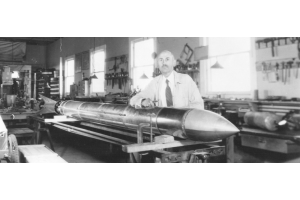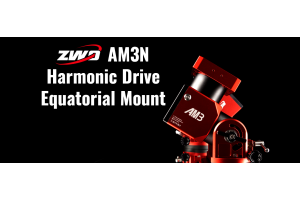eclipses
A Cosmic Spectacle Unveiled: Your Guide to Observing and Imaging Solar and Lunar Eclipses
Buckle up, space enthusiasts! The cosmos is gearing up to showcase one of its most dazzling performances – solar and lunar eclipses. This fun guide will narrate how these fantastic events work and gear you up with all the excellent information so you can watch and snap them with jaw-dropping awesomeness!
A solar eclipse occurs when the moon passes between the Earth and the Sun, resulting in a celestial event where sunlight is temporarily obscured. However, to witness this cosmic event safely, some preparation is required. If you're enthusiastic about observing a solar eclipse without risking harm to your eyes, it's essential to use specialized solar viewing glasses. Consider them your exclusive access to watch the Moon executing its shadow dance on the Sun's surface!

Calling all photography enthusiasts! Snapping the enchantment of a solar eclipse is like mastering an art form. You must use those solar filters on your camera or telescope – not just to keep your gear safe but to make sure you're shielding your eyes from any sneaky solar radiation. And here's a top-notch trick: go for time-lapse photography to capture the whole eclipse saga, from the first hello to the jaw-dropping totality moment!
Lunar eclipse are chill – you don't need fancy gear to enjoy the show. When the Earth jumps in the middle of the Sun and the Moon, it throws some cool cosmic shade on the lunar surface. It's like our planet saying, "Hey, Moon, I got this shade for you!" Check out the Moon's dazzling transformation, going from its regular glow to rocking fabulous shades like coppery red or deep orange!
Grab a comfortable chair, find a clear viewing spot, and enjoy the celestial show. No unique eyewear is needed for this spectacle lunar treat for everyone.

Numerous techniques exist to improve your proficiency in capturing the captivating visuals of a lunar eclipse through photography. Consider these strategies to improve your photography. Begin by using a stable tripod that gives reliable support to ensure the steadiness of your shots throughout the entire eclipse duration. A professional tip is to experiment with various exposure settings to capture intricate details when Earth's shadow embraces the Moon during this celestial event. Consider using a telephoto lens to zoom in on the lunar surface, highlighting intricate details during different eclipse phases. From the partial phase to the stunning totality, lunar eclipses offer a canvas of celestial art waiting to be framed through your camera lens.
Imagine solar and lunar eclipses as cosmic surprises adding magic to our nighttime view. Prepare for a space party once you have the proper knowledge and gear! Watch the stars and planets dance and groove in a way that makes you appreciate the cosmic show even more. Whether you're catching the Moon's fancy shadow play in front of the Sun or checking out Earth's shadow giving the Moon a cosmic hug, these sky spectacles scream, "Hey, the universe is beautiful!"
So, mark your calendars, prepare your viewing gear, and get ready to be captivated by the enchanting allure of solar and lunar eclipses. The cosmos awaits your presence in the front row of this celestial extravaganza!






